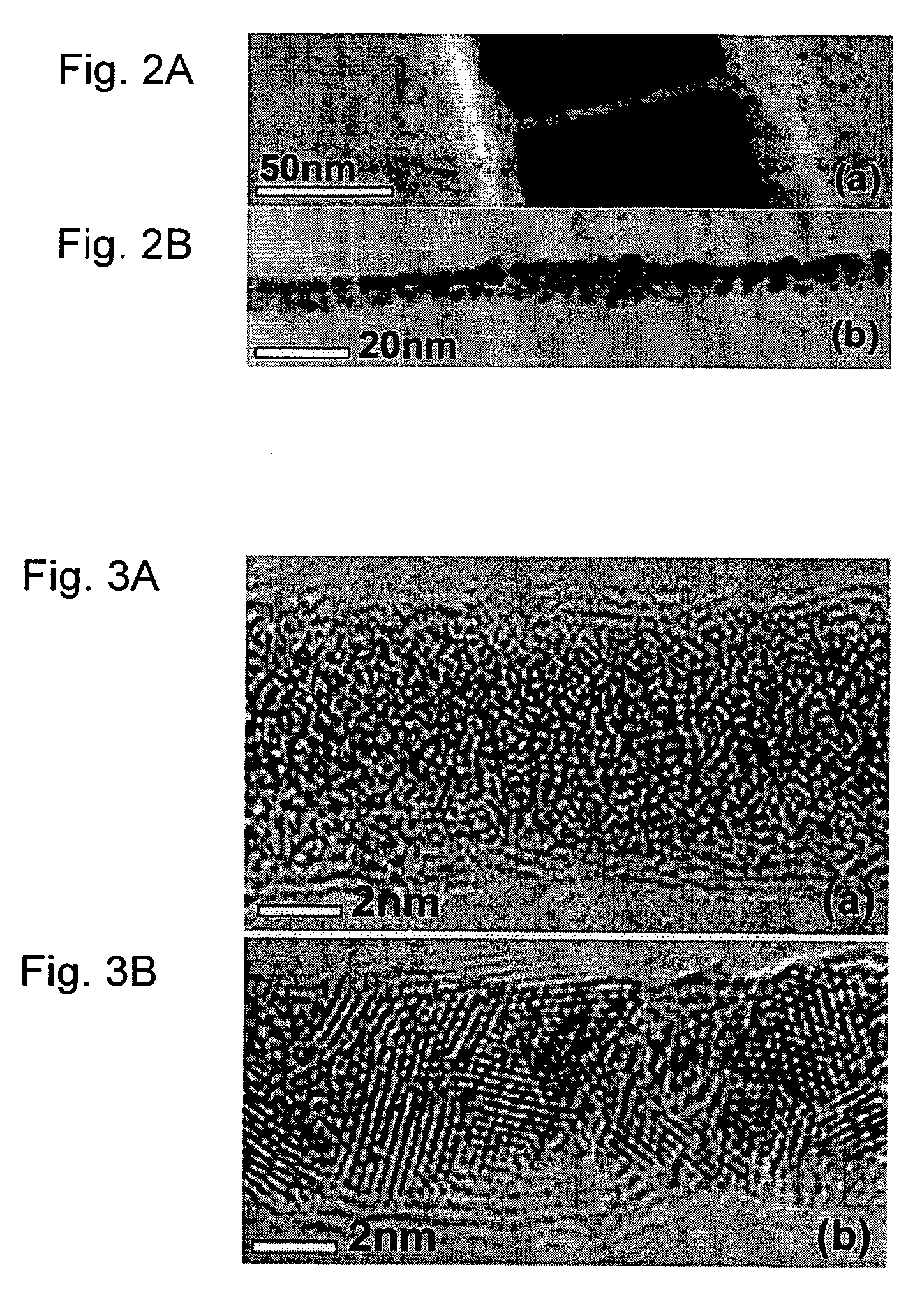Nanowire structures and electrical devices
a wire structure and wire technology, applied in the field of nanotechnology, can solve the problems of low cooling, difficult fabrication of electronic devices and device components with dimensions below 10 nm, and washed out coulomb blockage via thermal fluctuations, and achieve good placement accuracy and reduce cross sectional dimensions
- Summary
- Abstract
- Description
- Claims
- Application Information
AI Technical Summary
Benefits of technology
Problems solved by technology
Method used
Image
Examples
example 1
Electronic and Mechanical Properties of Nanowire Structures and Devices
[0062]It is a goal of the present invention to provide nanowire structures and nanowire devices exhibiting electronic and mechanical properties beneficial for a variety of applications, including nanoelectronics, nanoelectromechanical systems, sensing, memory devices and quantum computing. To demonstrate the capability of the present invention to support a range of useful device structures and applications, the electronic and mechanical behavior of nanowire structures were experimentally characterized. Nanowire structures exhibiting superconductivity and nanowire structures exhibiting electronic properties that vary upon irradiation with an electron beam are exemplified and described.
[0063]FIG. 11 shows a SEM (scanning electron microscope) micrograph of a nanowire structure of the present invention. Nanowires of this example were fabricated using single walled carbon nanotube molecular templates, which were posit...
PUM
| Property | Measurement | Unit |
|---|---|---|
| diameter | aaaaa | aaaaa |
| thickness | aaaaa | aaaaa |
| thickness | aaaaa | aaaaa |
Abstract
Description
Claims
Application Information
 Login to View More
Login to View More - R&D
- Intellectual Property
- Life Sciences
- Materials
- Tech Scout
- Unparalleled Data Quality
- Higher Quality Content
- 60% Fewer Hallucinations
Browse by: Latest US Patents, China's latest patents, Technical Efficacy Thesaurus, Application Domain, Technology Topic, Popular Technical Reports.
© 2025 PatSnap. All rights reserved.Legal|Privacy policy|Modern Slavery Act Transparency Statement|Sitemap|About US| Contact US: help@patsnap.com



